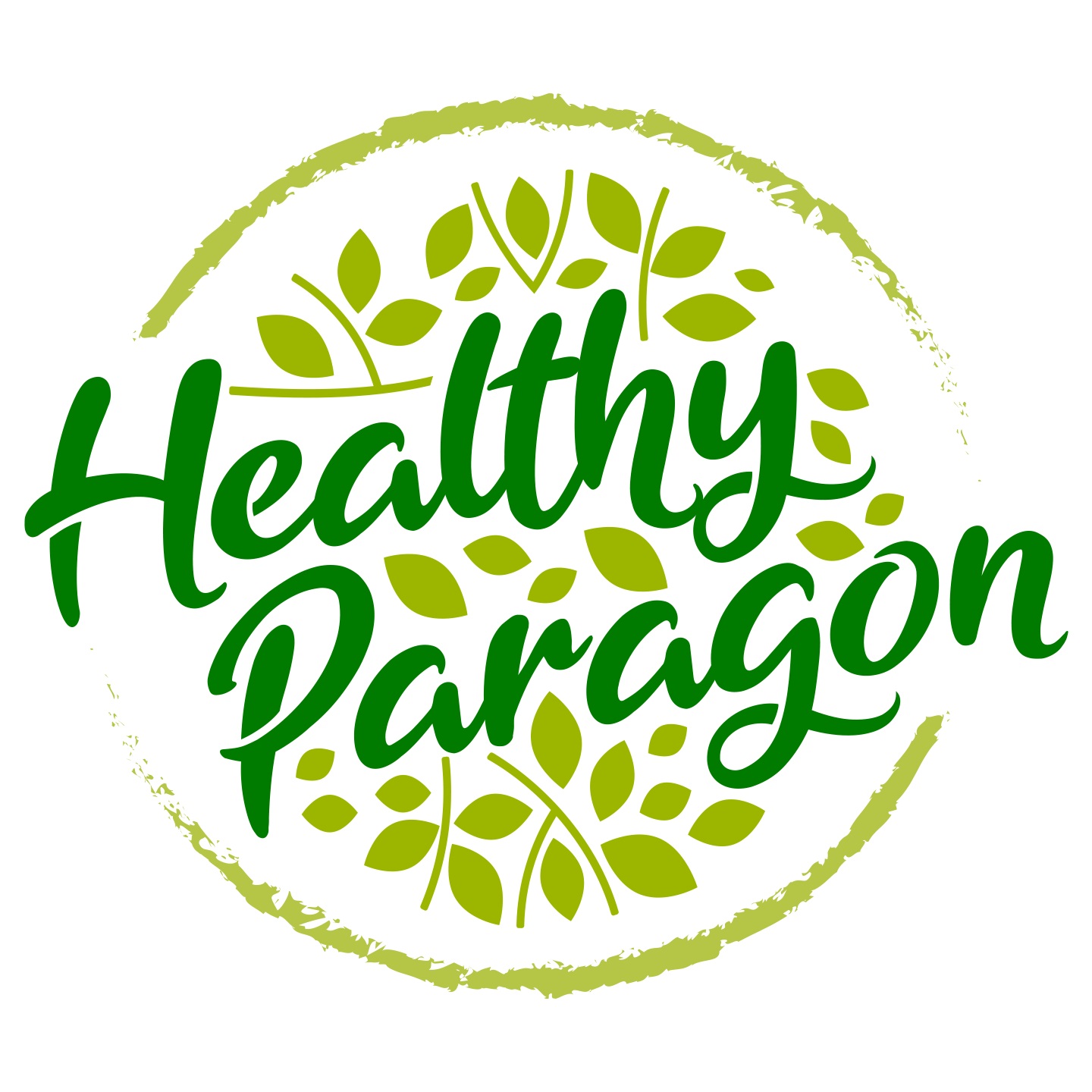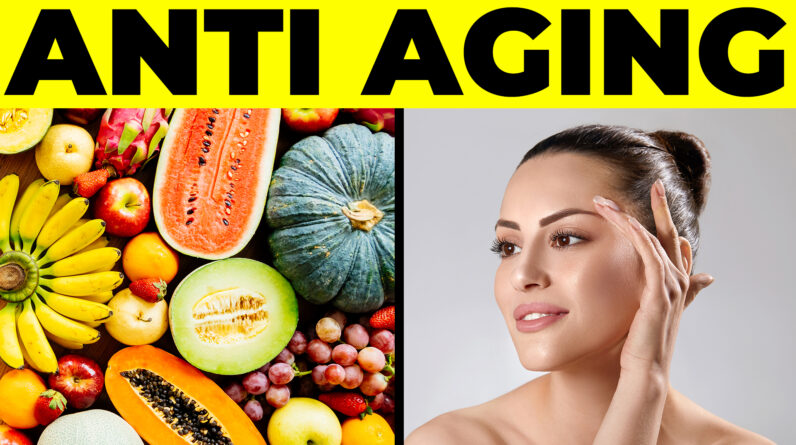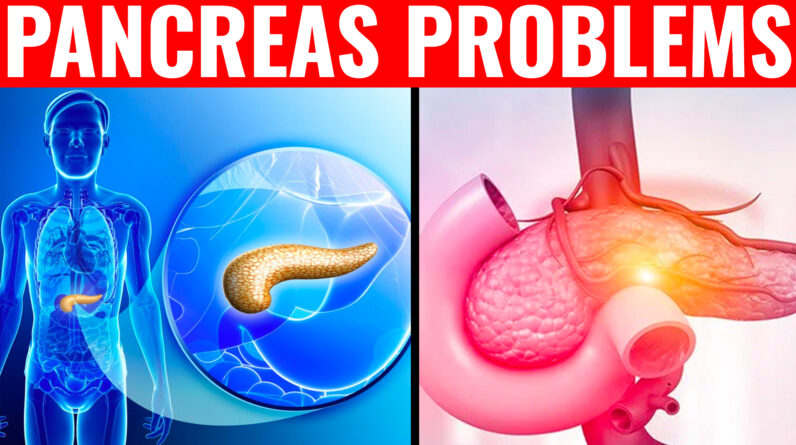
According to the American Dietary guidelines, every woman should consume 25 grams of fiber every day, while men are directed to include 38 grams of fiber in their daily dietary intake.
The benefits of a fiber-rich diet are well-documented. Foods that have high-fiber content are usually packed with lots of vitamins, minerals, and phytochemicals. According to many nutritionists, fiber-rich foods are the best sources of vitamins, minerals, and flavonoids.
And thanks to this mix of nutrients, alongside powerful antioxidants, these fiber-rich foods play a crucial role in the prevention of a variety of diseases including macular degeneration, arthritis, heart disease, and some forms of cancer.
But also dietary fiber itself is an important component of food. Due to their ability to bind water, they increase the volume of food in the stomach and intestines. This leads to an increased feeling of satiety and stimulates digestion. They are food for the good intestinal bacteria and ensure ideal absorption of nutrients. At the same time, dietary fiber binds toxins which are then excreted.
So, without much ado, in this article, we’d be highlighting the top 10 fiber-rich foods you can lay your hands on.
Number 10 – Raspberries
Although raspberries are known for their juicy taste and fruity appearance, these berries have twice the amount of fiber present in either blueberries or strawberries, making it a valuable source of fiber.
And as is the case with the berry family, raspberries are also a powerful source of cancer-fighting antioxidants such as polyphenols. They also contain ellagic acid and anthocyanins which reduce and repair cell damage.
Further fermentation of raspberry seeds by bacteria living in our guts may help to reduce serum triglycerides and the risk of developing cardiovascular heart disease.
Raspberries are also an excellent source of Vitamin C, Manganese and Vitamin K.
Number 9 – Potatoes
Potatoes are one of the top 5 most consumed foods in the world. And this is no surprise especially when you consider how popular potato fries are all over the world. Often looked down on as a low-value starchy vegetable, potatoes are actually quite healthy.
In fact, they are one of the most important sources of antioxidants in the human diet. Yellow and purple species of potatoes contain high levels of antioxidants such as phenolic acids. Carotenoids are significantly present in yellow potatoes, while anthocyanins are more prevalent in purple potatoes.
According to many reports, the consumption of pigmented potatoes could prevent DNA damage and reduce inflammation in the body.
But let’s turn our attention back to fiber. Potatoes contain a sizable amount of fiber. For instance, it is estimated that one large Russet potato can contain up to 7 grams of fiber. And besides this, potatoes are an excellent source of potassium, Vitamin B6, manganese, magnesium, copper, phosphorus and folate.
Most of the fiber contained in potatoes is found in the skin. Therefore, for a fiber-rich potato diet, it is advisable to eat potatoes with their skins on.
Number 8 – Quinoa
One cup of Quinoa contains 5 grams of fiber which is more than 20 percent of the daily fiber requirement. This amount of fiber is more than what is obtainable in one cup of cooked brown rice.
But beyond the fiber-rich qualities of Quinoa seed, it is also a very good source of manganese, magnesium, and phosphorus. Furthermore, if you’re looking to develop a protein-rich diet, you should incorporate Quinoa seed into your plans.
The quantity of protein that Quinoa offers makes it stand out from other whole grains. It provides all the essential amino acids in their ideal quantities, another future that sets it apart from other protein-rich whole grains.
To enjoy Quinoa seed, don’t forget to rinse off its bitter outer coating. You can eat Quinoa seeds alone or as a part of hot or cold dishes. The great thing about this seed is that it works well with a variety of dishes. So you shouldn’t have any problems working it into your diet.
Number 7 – Dates
They are very delicious. And much more than that, they are extremely healthy. If you are looking for a food that combines sweetness and nutrition, this is it. To emphasize how fiber-rich this food is, just one Medjool date will supply 6 percent of your daily fiber requirement.
The sweetness of dates might raise some health concerns, though. Because one of these sweet treats contains nearly four teaspoons of naturally occurring auger.
Despite this, dates have a rather low glycemic index. This means that you don’t have to worry about this food raising your blood sugar too quickly. That said, you also don’t want to take too much of this in one sitting, anyway.
As is the case with many fiber-rich foods, dates also contain antioxidant properties, which points to their cancer and inflammation preventing capabilities. They also stimulate the immune system and have a protective effect on the liver, stomach, and nerves.
Taking a closer look at the nutrient content of dates reveals that this food is also rich in phenolic acids and carotenoids. You’d also get a significant supply of vitamin B6, potassium, magnesium, copper, and manganese from this food.
So how can you incorporate dates into your diet? Easy. For one, you can simply eat dates as a snack during the day, or you could chop them up and add them to your salads or muffins – whichever one works for you!
Number 6 – Lentils
The legume family is well-known for its fiber-rich content. But amongst other members of this family, lentils are arguably the least recognised. Yet, one cup of lentils contains about 16 grams of fiber which is more than 62 percent of your daily fiber requirement. This food is rich in fiber.
Lentils offer so many health benefits. They help in weight loss, reduction of cholesterol levels, blood pressure, and heart rate. They also help to reduce the risk of coronary heart disease. This is one fiber-rich food you should definitely have on your plate.
This food is packed full of protein, fiber, and phytochemicals while still being low in calories. It is also an excellent source of folate, thiamin, potassium, phosphorus, copper, and manganese.
To incorporate lentils into your diet, simply add them to your soups and stews. Alternatively, you can mix them into your salads and sauces.
Number 5 – Cloud Ear Fungus
Cloud Ear Fungus packs a punch when it comes to its fiber content. This food provides an incredible 78 percent of the required daily fiber intake per cup. It is also an exceptional source of manganese and a great source of riboflavin and selenium.
If you have never heard of cloud ear fungus, it’s understandable. This edible fungus is more popular in Asia where it is used in dishes like the Chinese hot and sour soup.
Cloud ear fungus comes with a plethora of health benefits. It has been suggested that it may help prevent coronary heart disease and atherosclerosis. It does this by preventing plaque build-up and arterial stenosis.
Cloud ear fungus has a nice, crunchy taste and is known for its ability to sucks up the flavor of ingredients around it which makes it perfect for soups and sauces. You should try it out.
Number 4 – Collard Greens
We all know about Kale, but not many people realise that its cousin, collard greens, provides up to three times the fiber content present in kale, supplying up to 30 percent of the recommended daily fiber intake. Furthermore, Collard Greens are an excellent source of protein, riboflavin, and iron.
Collard greens are packed full of vitamin A, with more than enough vitamin A to cover your daily requirements. Collards are also known for their antioxidant phytochemicals which are also called phenolic compounds.
When it comes to the health benefits that this fiber-rich food provides, it potentially reduces the risk of cancers and cardiovascular diseases. Collards specifically contain the phytochemical called sulforaphane which could possibly reduce the risk of stomach, breast, and skin cancer.
Number 3 – Artichokes
We cannot talk about fiber-rich foods and not mention artichokes. One medium-sized artichoke contains 10 grams of fiber, which is about 40 percent of the daily fiber requirement.
Beyond that, artichokes are excellent sources of vitamin C, folate, and magnesium. This food is rich in antioxidants and is reputed to contain the highest levels of antioxidants amongst all vegetables that have been studied.
Its high antioxidant content implies that artichokes may help in the reduction of oxidative damage which typically results in rapid ageing and a host of other diseases.
Number 2 – Avocados
You simply can’t go wrong with avocados. Being one of the healthiest foods around, one avocado can supply up to 54 percent of your daily fiber requirements. But avocado offers way more than just fiber.
This fruit is also rich in vitamins B6, vitamin C, E, and K. Mineral-wise, this highly nutritious food also supplies significant amounts of folate, potassium, manganese, lutein, and beta-carotene.
One of the most endearing facts about avocado is its mono-saturated fat content which is great for the heart. These fats help in the absorption of fat-soluble vitamins and phytochemicals.
Number 1 – Almonds
Sitting at the top of our list are almonds. Almonds have the highest fiber content amongst all nuts present in USDA’s nutrient database. But beyond that, they are very rich in calcium and antioxidants.
Almonds help to prevent the onset of cardiovascular heart disease by reducing LDL cholesterol while maintaining HDL cholesterol levels. The fruit is also instrumental for weight loss.
Almonds can be eaten as a nutritious snack during the day, or they could be chopped into your salads or yogurts.







